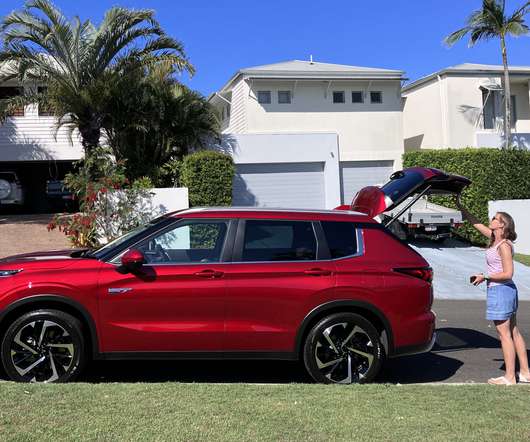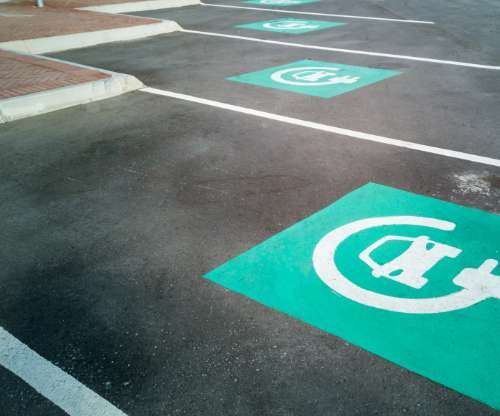Mitsubishi Outlander PHEV review: Plug-in SUV saves money, comes at a cost
EV Central
OCTOBER 20, 2022
It shares an all-new platform with the purely petrol Outlander version. litre combustion petrol engine allied with twin electric motors, a 20kWh lithium-ion battery pack and all-wheel-drive. For a plug-in hybrid it is, but those prices are some $15,000 more than the equivalent Outlander petrol versions. Is it good value?











Let's personalize your content